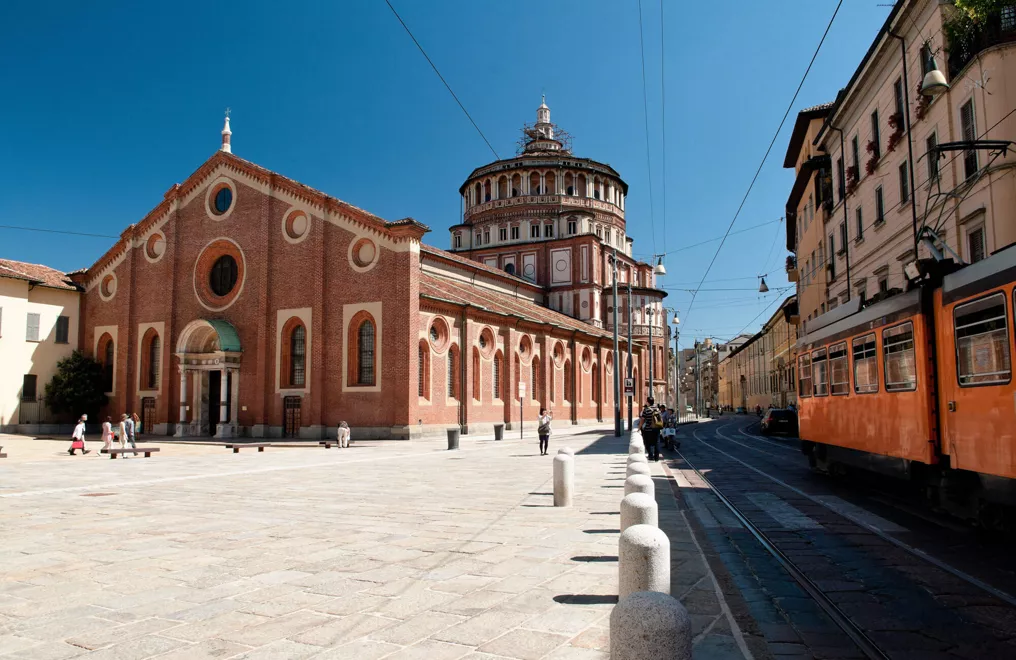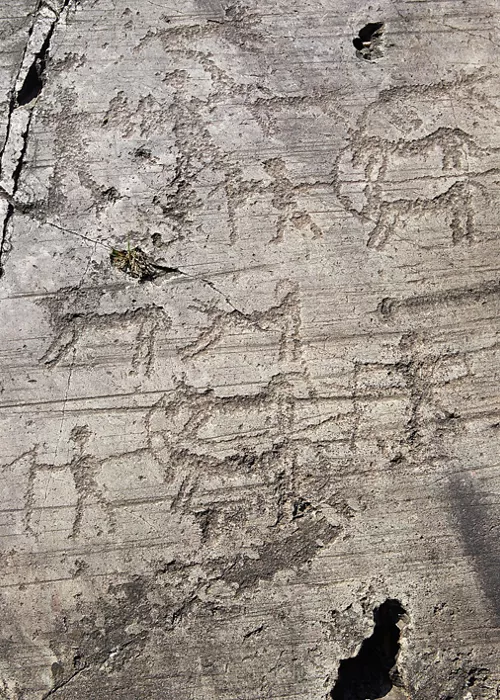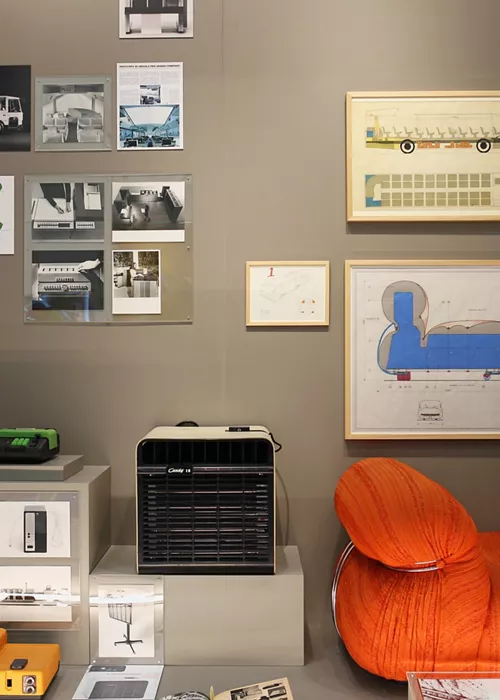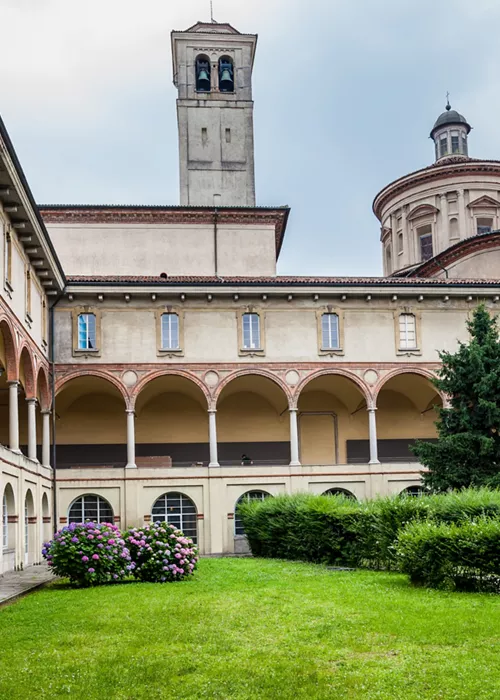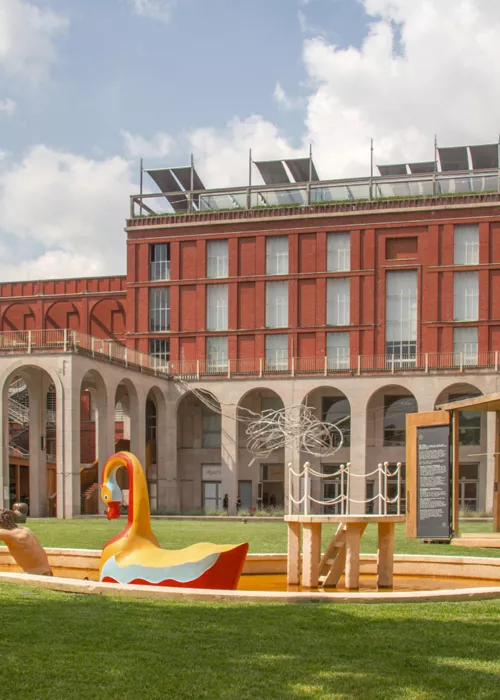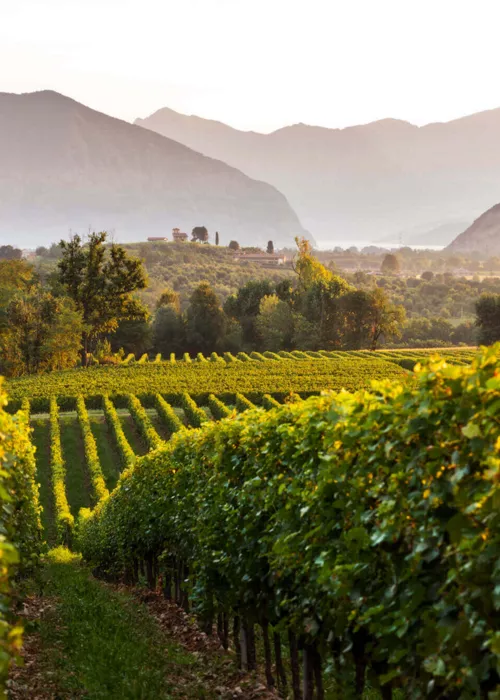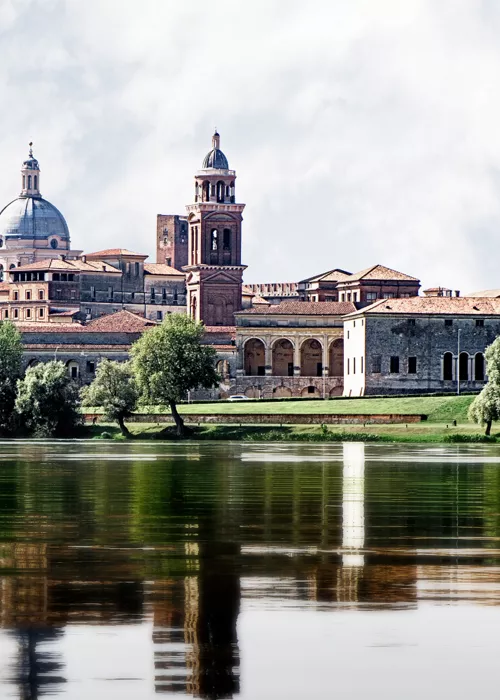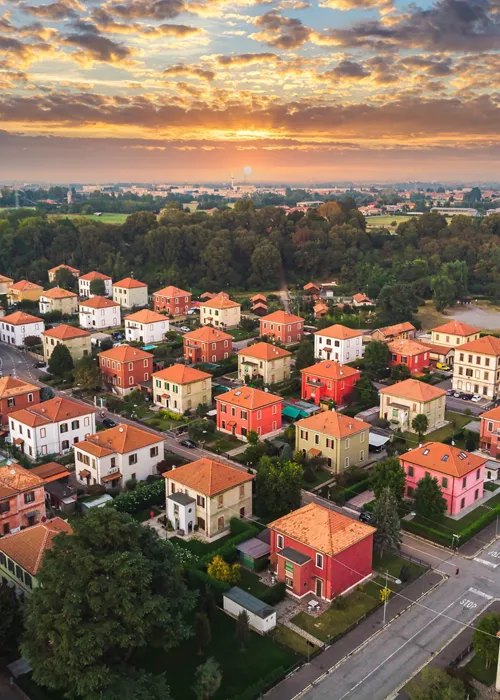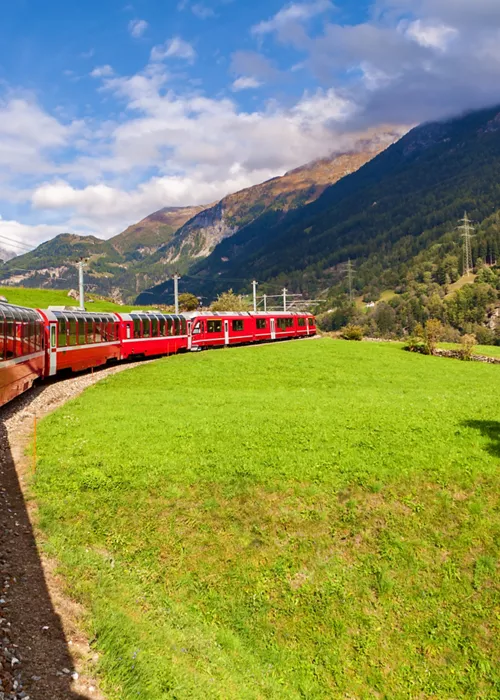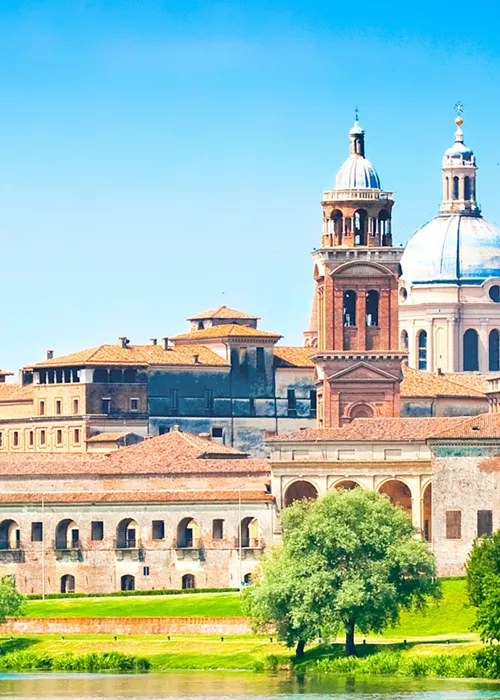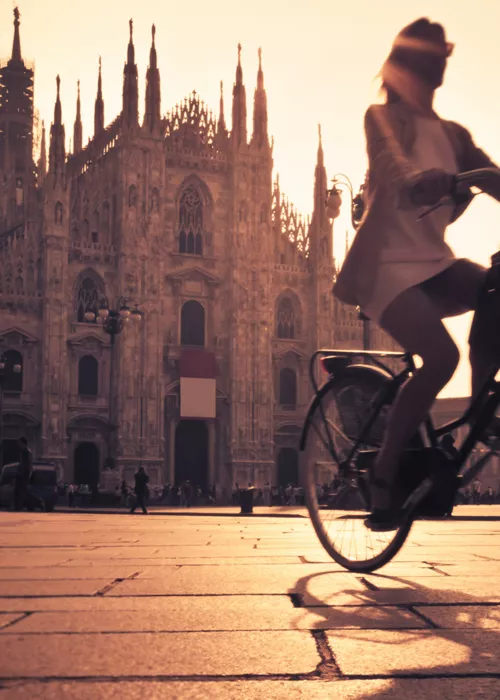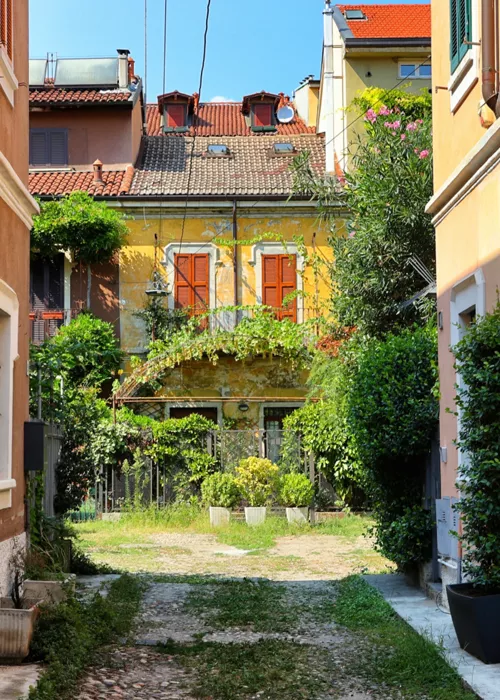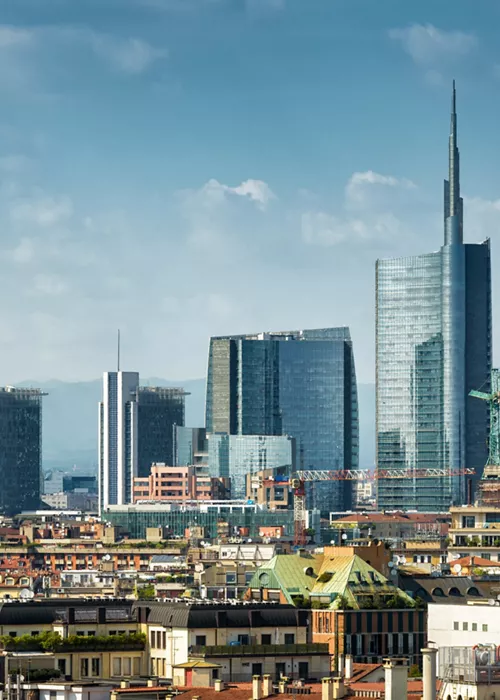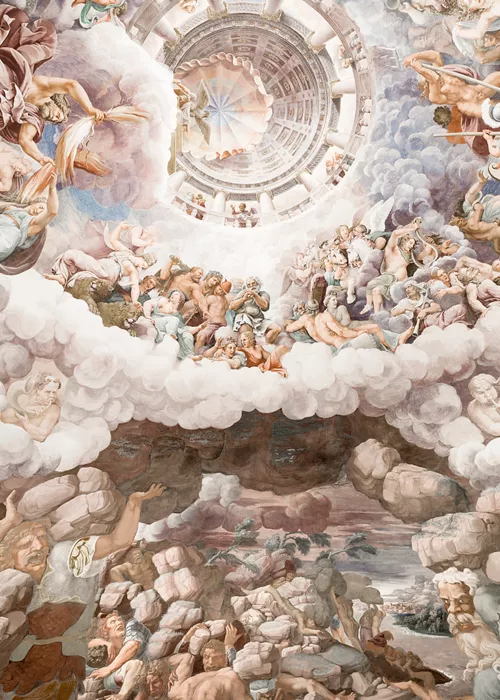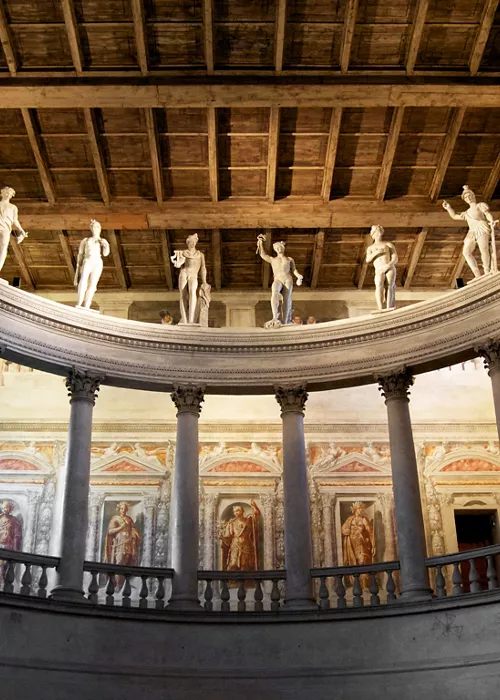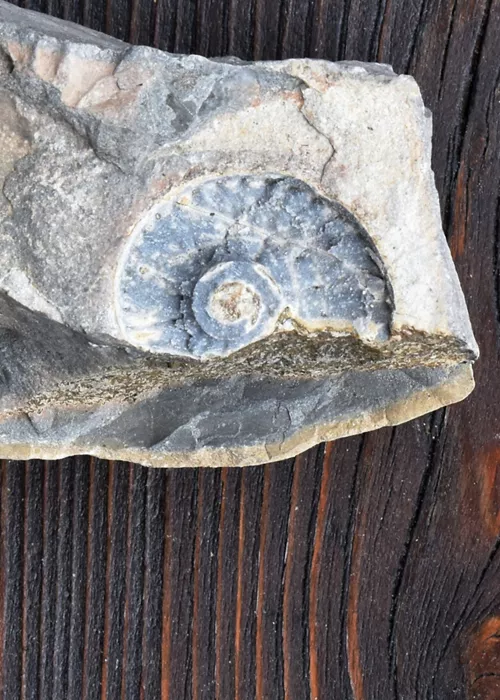Santa Maria delle Grazie and Leonardo's Last Supper, for a touch of the true Renaissance
2 minutes
An imposing architectural work of great importance, it is inextricably linked to the Last Supper, a famous painting, and not a fresco as it is commonly called, by Leonardo, preserved inside the place where the Dominicans used to eat.
The precious Milanese church, in perfect early Renaissance Lombard style, was inscribed on the UNESCO World Heritage List in 1980 and attracts tourists from all over the world.
History and information on Santa Maria delle Grazie and Leonardo's Last Supper
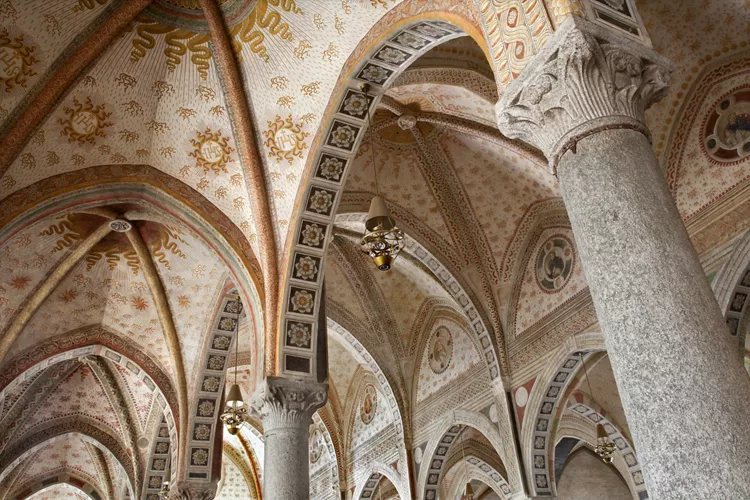
The Santa Maria delle Grazie complex dates back to 1459, when Count Gaspare Vimercati donated a plot of land to the Dominican friars of Sant'Eustorgio. The convent, devastated by bombing in 1943, was built around three cloisters.
Ludovico il Moro assigned the church to the role of family funeral chapel after the death of his wife Beatrice d'Este in 1497. However, the beautiful tomb created for him and Beatrice was taken apart and only the lid with the statues of the dukes was later placed inside the Certosa di Pavia.
Why the Church of Santa Maria delle Grazie and the Cenacolo of Leonardo are UNESCO World Heritage
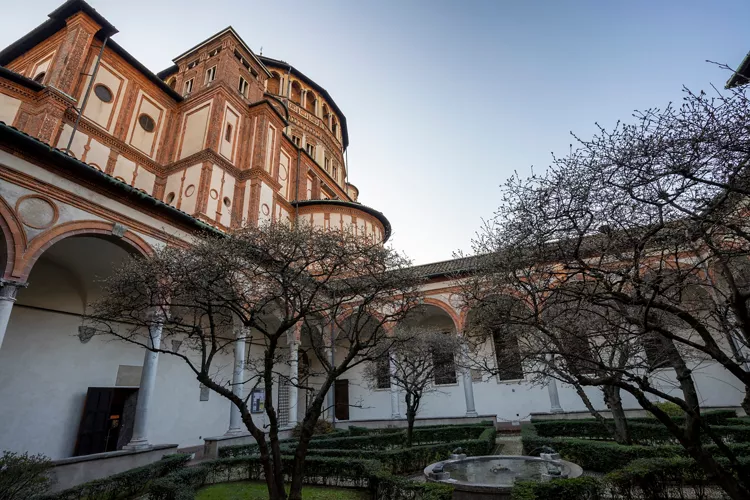
The church was placed on the UNESCO World Heritage List in1980 because it is considered not only one of the greatest testimonies of Renaissance art, but also because it houses the exceptional work of Leonardo da Vinci, which wielded a huge influence on the entire destiny of Western painting.
What to see in the Church of Santa Maria delle Grazie and the Last Supper: 2 details not to be missed
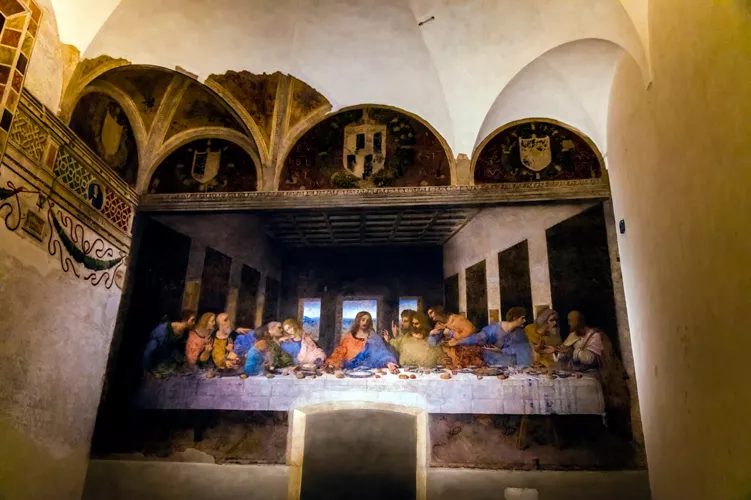
Visiting the Convent of Santa Maria delle Grazie means devoting time to Leonardo's marvellous Last Supper , but also exploring the complex from the Basilica and its famous cloisters.
The Tribuna di Santa Maria delle Grazie was designed by Bramante and was created as an aristocratic chapel inspired by Brunelleschi's Sagrestia Vecchia: it is an imposing cube at the centre of which rises the hemispherical dome surrounded by pendentives.
Unmissable is the Chiostro delle Rane, also called the Chiostro Piccolo. It dates back to the late 1400s and takes its name from the fountain in its centre adorned with four bronze statues of frogs spitting water.
Take a moment to sit on one of the benches in the square and enjoy what is in front of you. A bustle of people of all races and cultures in a magical architectural setting.

